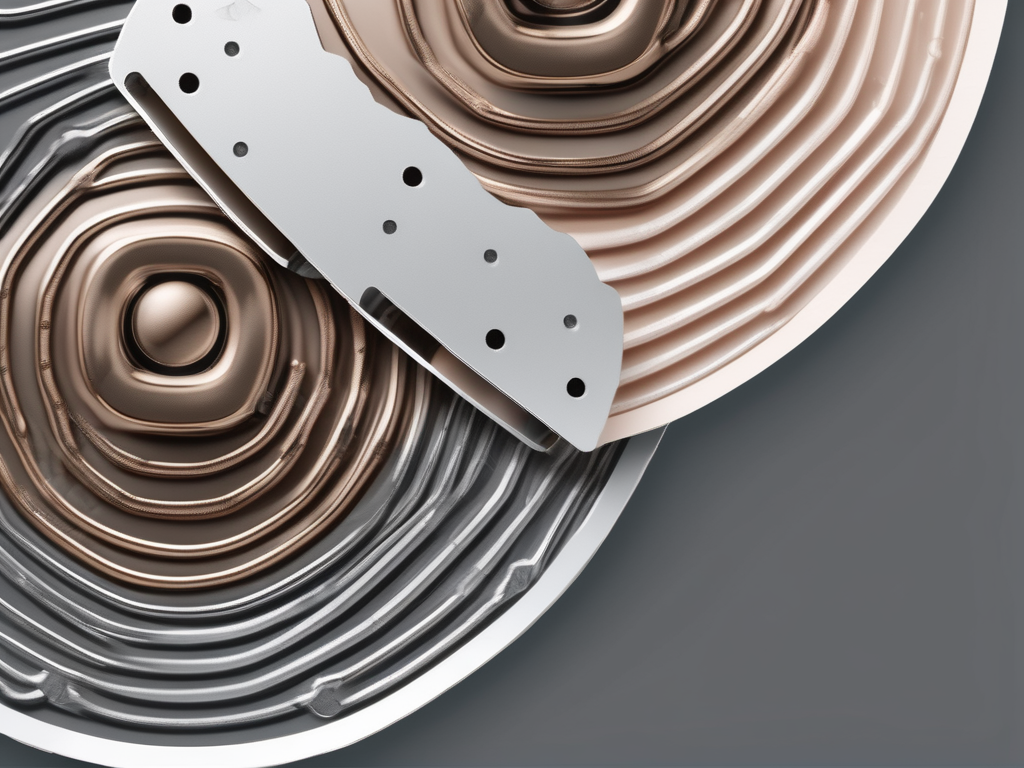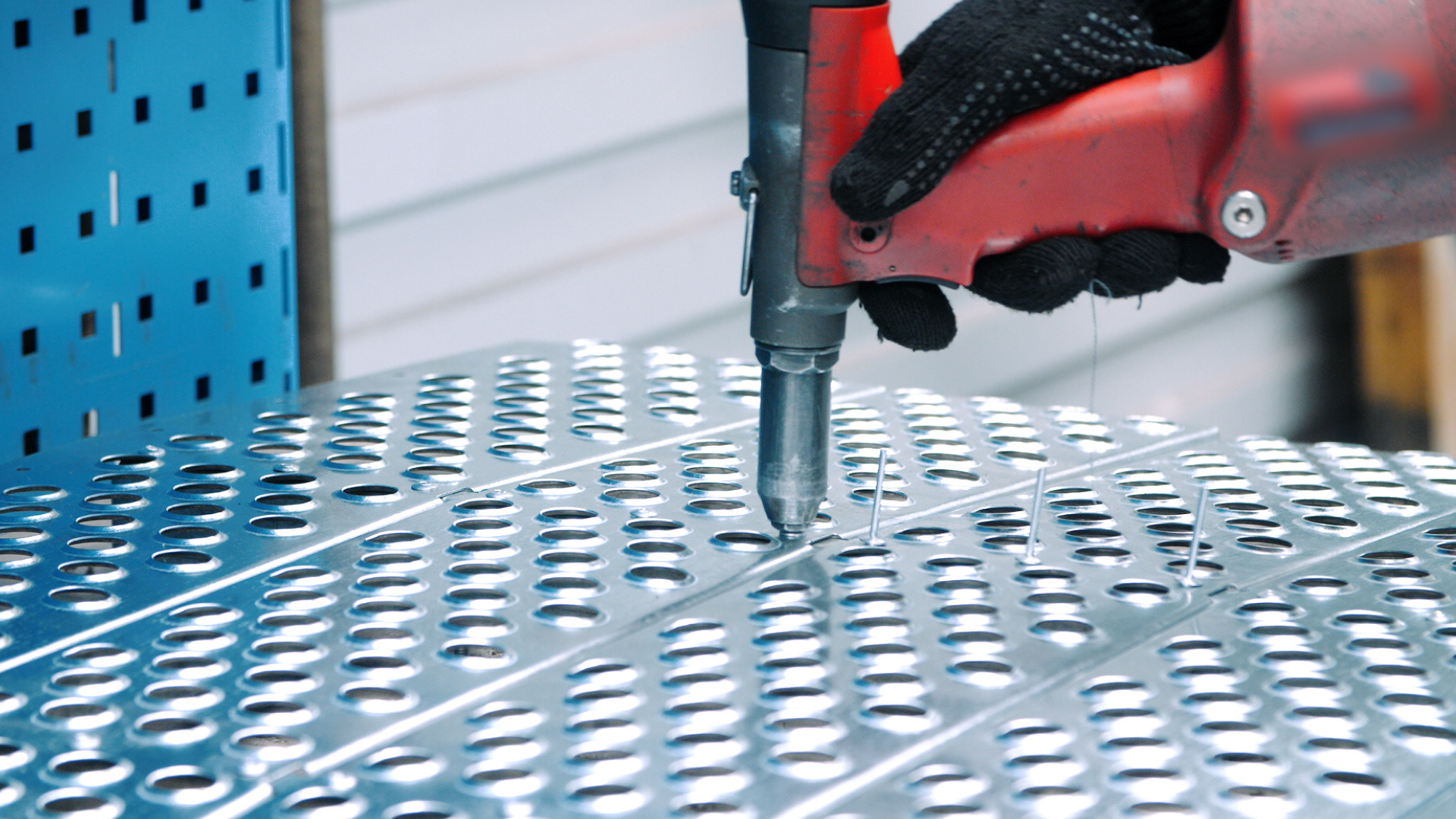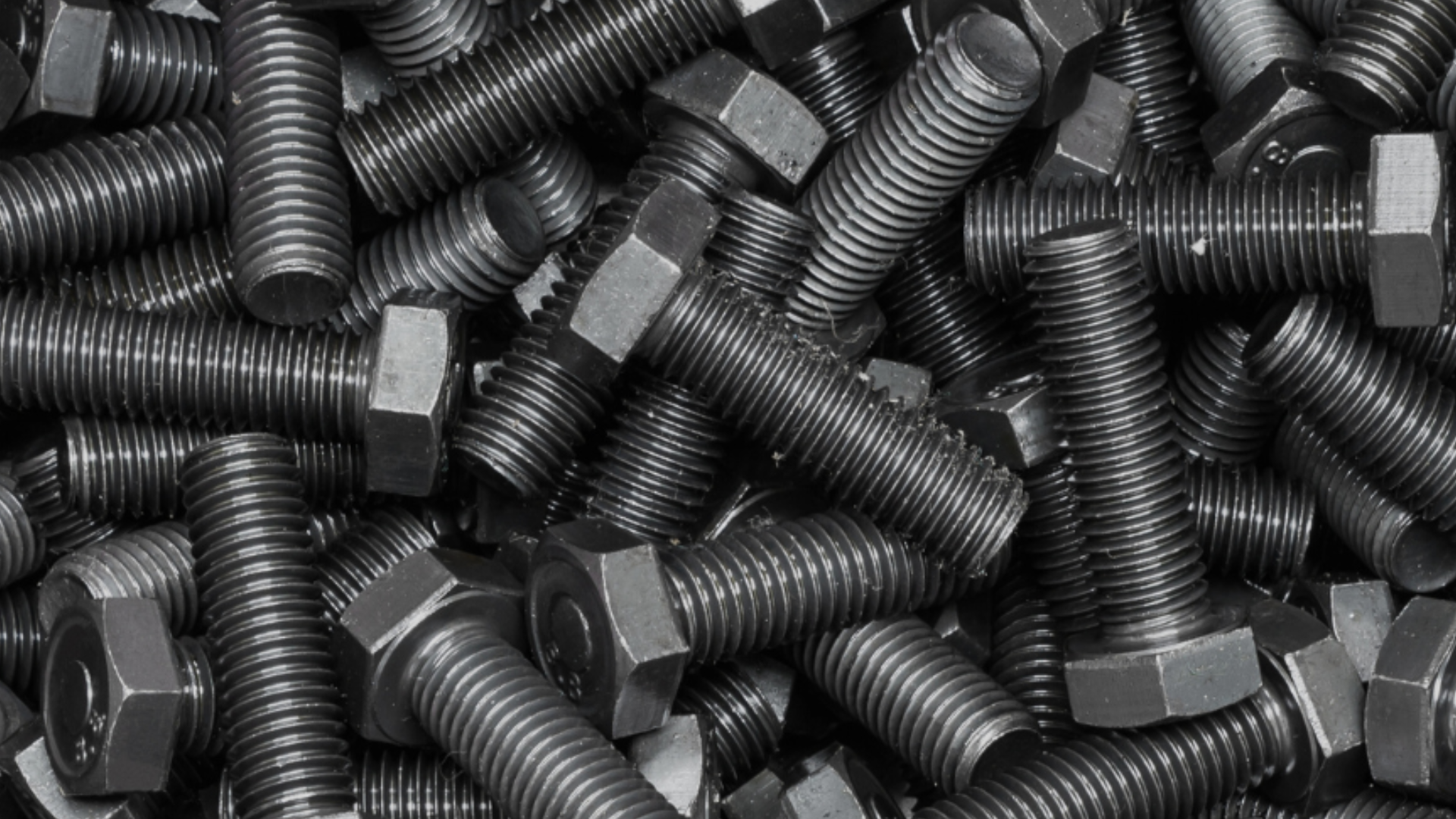Table of Contents
If you’re involved in any kind of metalworking or fabrication projects, you may have come across the terms “brass” and “bronze” quite frequently. These two alloys have many similarities, but they also have distinct properties and applications that set them apart. In this article, we will explore the world of brass and bronze, decode their distinctions, and examine their various uses. By the end, you’ll have a clearer understanding of when to choose brass or bronze for your projects.
Exploring the World of Brass: Grades, Properties, and Applications
Before delving into the differences between brass and bronze, let’s first explore brass in detail. Brass is an alloy primarily composed of copper and zinc. However, it can also contain small amounts of other elements like lead, tin, or aluminum. The combination of copper and zinc gives brass its unique properties that make it suitable for a wide range of applications.
Understanding the Different Types of Brass
Brass comes in various grades, each with its own specific composition and properties. The most common types of brass include:
- Alpha Brass: Contains up to 36% zinc and possesses excellent cold-working properties
- Alpha-Beta Brass: Contains 36-45% zinc and offers good hot-working capabilities
- Beta Brass: Contains more than 45% zinc and is known for its superior machinability
The specific type of brass you choose will depend on the requirements of your project.
Discovering the Wide Range of Uses for Brass
Brass is prized for its unique combination of properties, including its beautiful golden color, corrosion resistance, and excellent malleability. Some of the common applications of brass include:
- Architectural hardware and decorative elements
- Musical instruments, such as trumpets and saxophones
- Electrical connectors and terminals
- Plumbing fittings and valves
- Jewelry and accessories
These are just a few examples of how brass can be utilized, showcasing its versatility across different industries.
Unveiling the Production Process of Brass
The production of brass involves several steps, starting with the melting of copper and the addition of zinc and other desired alloying elements. The molten mixture is then cast or forged into various shapes, depending on the intended application. After the initial shaping process, the brass is further refined through heat treatment, annealing, or machining to achieve the desired strength, hardness, and dimensional accuracy.
This production process ensures that brass meets the specific requirements of different projects, resulting in a material that is both functional and visually appealing.
But how exactly does the addition of zinc affect the properties of brass? When zinc is added to copper, it not only changes the color of the alloy to a beautiful golden hue but also enhances its corrosion resistance. This makes brass an excellent choice for applications where exposure to moisture or harsh environments is a concern.
Furthermore, the percentage of zinc in the brass composition determines its workability. Alpha brass, with a lower zinc content, is known for its exceptional cold-working properties. This means that it can be easily shaped and formed at room temperature, making it ideal for intricate designs and detailed architectural elements.
On the other hand, beta brass, with a higher zinc content, is prized for its superior machinability. This means that it can be easily cut, drilled, and shaped using various machining techniques, allowing for precise and efficient manufacturing processes.
It’s worth noting that the properties of brass can also be further enhanced through heat treatment and annealing. These processes involve subjecting the brass to controlled heating and cooling cycles to modify its microstructure and improve its mechanical properties. This ensures that the final product meets the specific requirements of each application, whether it’s a plumbing fitting that needs to withstand high pressure or a musical instrument that requires excellent resonance.
So, the next time you come across brass in your daily life, take a moment to appreciate its rich history, diverse range of applications, and the intricate production process that transforms a simple combination of copper and zinc into a versatile and valuable material.
Decoding the Distinctions Between Brass and Bronze
Now that we have explored the world of brass, let’s turn our attention to bronze. Like brass, bronze is an alloy that primarily consists of copper. However, instead of zinc, bronze is alloyed with other elements, such as tin, aluminum, silicon, and nickel. These additives give bronze its unique properties, setting it apart from brass.
But what exactly are these unique properties? Let’s delve deeper into the world of bronze and uncover its fascinating characteristics.
Comparing the Strength of Brass and Bronze
One of the key distinctions between brass and bronze lies in their strength. Generally, bronze is stronger and more durable than brass. This makes bronze an excellent choice for applications that require resistance to wear and tear or heavy load-bearing capabilities.
Imagine a bronze sculpture standing tall amidst the elements, its strength and durability allowing it to withstand the test of time. Bronze truly embodies the essence of endurance.
Assessing the Hardness and Durability of Brass and Bronze
When it comes to hardness, brass generally falls on the lower end of the scale compared to bronze. Bronze is often harder and more resistant to scratching and denting. However, the specific hardness can vary depending on the alloy composition and any heat treatment the material has undergone.
Picture a bronze medal, gleaming with pride and resilience. Its hardness protects it from the rigors of competition, symbolizing the triumph of human achievement.
Examining the Thermal Conductivity of Brass and Bronze
In terms of thermal conductivity, brass tends to outperform bronze. Brass is an excellent conductor of heat, making it ideal for applications where heat dissipation is crucial, such as heat exchangers or radiator fins. Bronze, on the other hand, has lower thermal conductivity but compensates with other valuable properties.
Imagine a brass trumpet, its warm and resonant tones filling the air. The excellent thermal conductivity of brass allows the musician’s breath to flow effortlessly through the instrument, creating a harmonious melody.
Unraveling the Electrical Conductivity of Brass and Bronze
When it comes to electrical conductivity, brass takes the lead. It has superior electrical conductivity compared to bronze, making it an ideal choice for electrical terminals, connectors, and other electrical components.
Imagine a brass key turning in a lock, completing an electrical circuit. The high electrical conductivity of brass ensures a smooth and reliable flow of power, unlocking endless possibilities.
Evaluating the Corrosion Resistance of Brass and Bronze
Both brass and bronze exhibit excellent corrosion resistance, thanks to their copper content. However, brass performs better in environments where exposure to moisture and certain chemicals is a concern. This makes brass a popular choice for plumbing fittings, valves, and marine applications.
Imagine a brass faucet, its lustrous surface sparkling even after years of use. The exceptional corrosion resistance of brass ensures that it remains a reliable and beautiful addition to any household.
Analyzing the Melting Point of Brass and Bronze
Brass and bronze have different melting points, with bronze generally melting at a higher temperature than brass. Bronze’s higher melting point can be advantageous in applications where elevated temperatures are expected, such as foundry patterns or furnace parts.
Imagine a bronze sculpture being cast, its molten form transforming into a work of art. The higher melting point of bronze allows it to withstand the intense heat of the casting process, ensuring that every intricate detail is preserved.
Exploring the Diverse Applications of Brass and Bronze
Brass and bronze find themselves in a wide array of applications across various industries, including:
- Statues and sculptures
- Bell and gong manufacturing
- Bearings and bushings
- Musical instruments, such as cymbals and bells
- Marine components and shipbuilding
These are just a few examples that demonstrate the versatility and utility of both brass and bronze in different contexts.
So, whether it’s the strength of bronze, the thermal conductivity of brass, or the corrosion resistance of both, these alloys continue to shape our world in remarkable ways. The distinctions between brass and bronze are not just technicalities; they are the building blocks of innovation and creativity.
Spotting the Difference: Brass vs. Bronze Color
When it comes to distinguishing between brass and bronze, one of the first things that catches the eye is their distinct color. Brass, with its captivating golden hue, is a sight to behold. The vibrant and lustrous shine of brass is a result of its high copper content, which gives it a regal and elegant appearance. This radiant golden color has made brass a popular choice for decorative items, jewelry, and musical instruments throughout history.
On the other hand, bronze exhibits a unique and captivating color that sets it apart from brass. Unlike the bright golden hue of brass, bronze boasts a more intriguing reddish or brownish tint. This distinctive color variation is due to the presence of other alloying elements like tin or aluminum, which give bronze its characteristic warmth. The rich and earthy tones of bronze have made it a favored material for sculptures, statues, and architectural embellishments, adding a touch of timeless beauty to any setting.
It is fascinating how the color of these alloys can reveal so much about their composition and characteristics. While brass dazzles with its golden radiance, bronze enchants with its warm and inviting tones. Next time you come across a piece of metal with a captivating color, take a closer look and let its hue guide you in unraveling the story behind its creation.
Brass or Bronze: Which One Reigns Supreme?
While both brass and bronze have their own unique properties and applications, choosing between them depends on your specific project requirements. If you need a material that is highly corrosion-resistant with superior electrical conductivity, brass is the way to go. On the other hand, if strength, hardness, and durability are essential, bronze emerges as the clear winner.
Ultimately, understanding the differences between brass and bronze allows you to make an informed decision when selecting materials for your projects. So whether you’re creating jewelry, designing architectural elements, or engineering industrial components, now you have the knowledge to choose the right alloy for the job.



